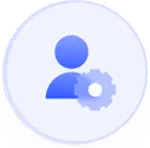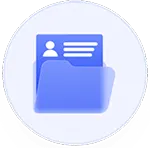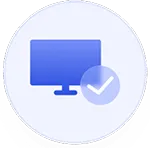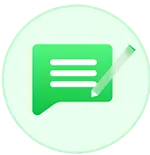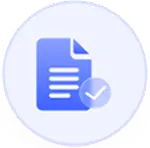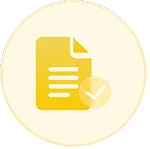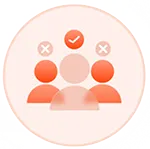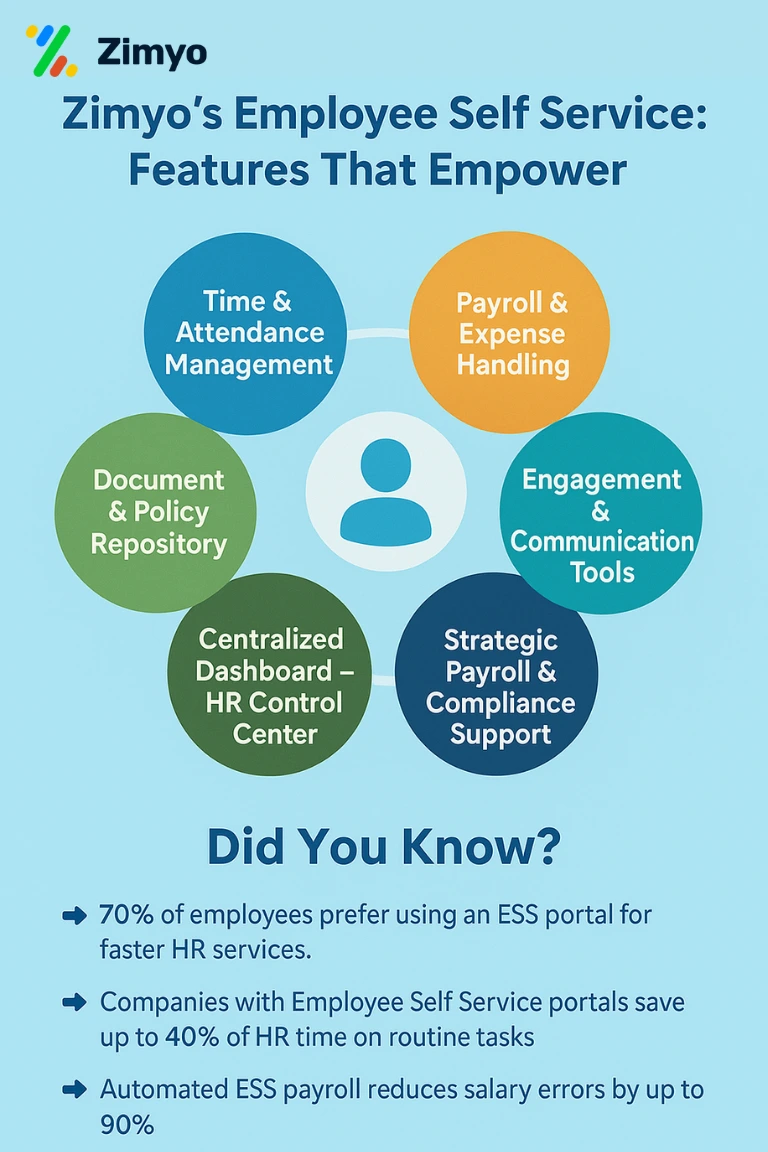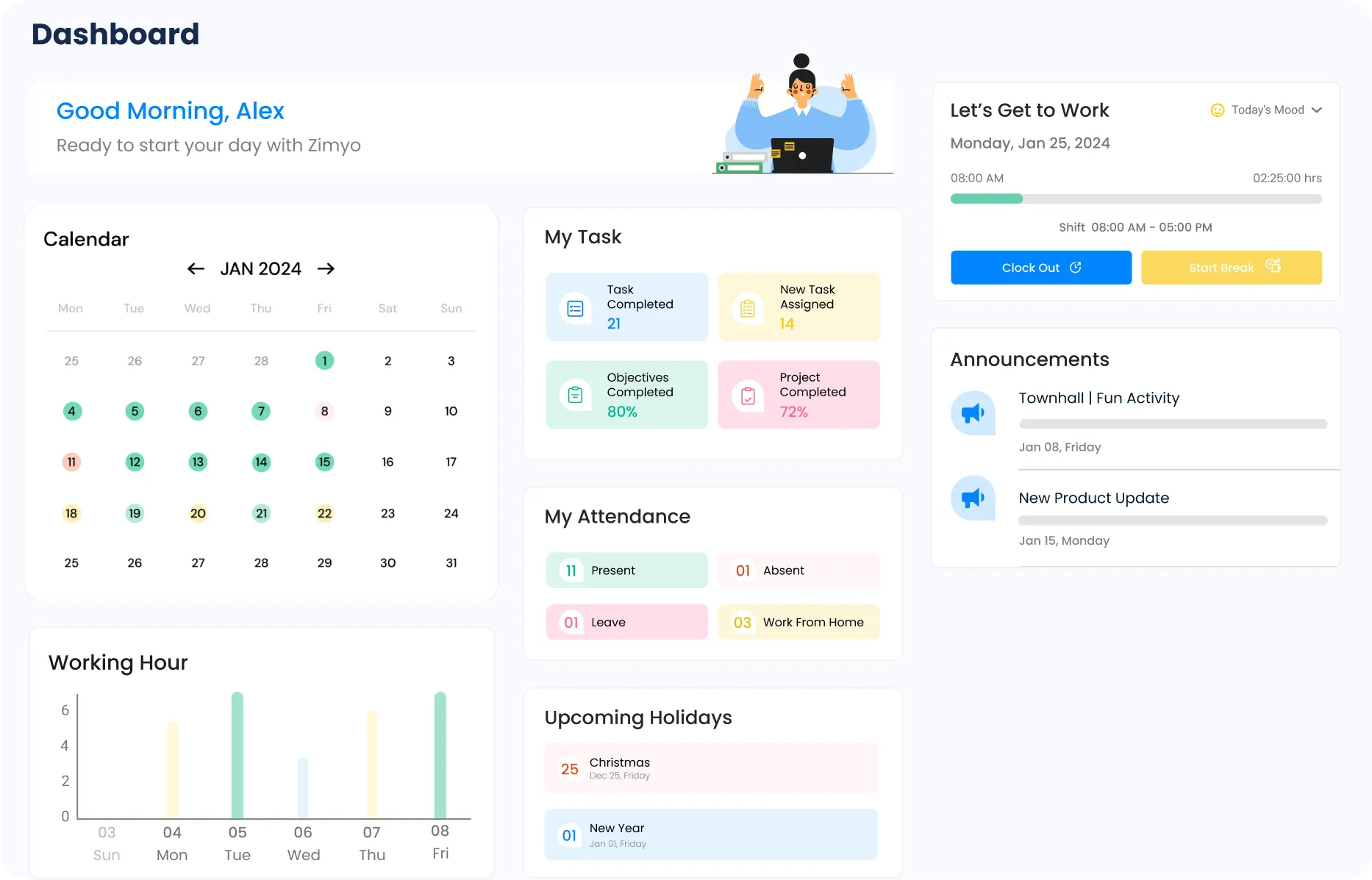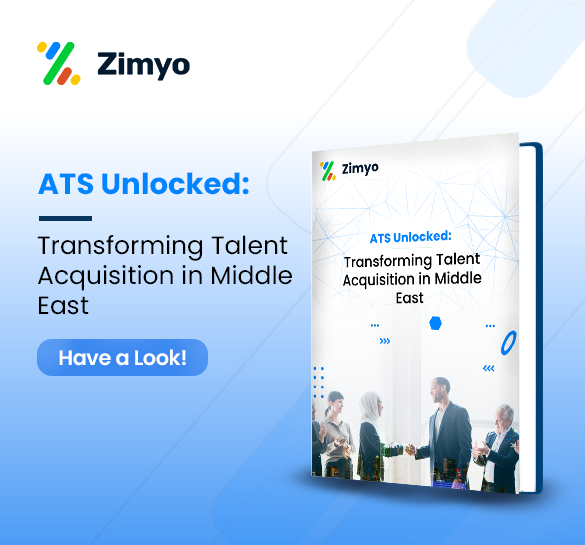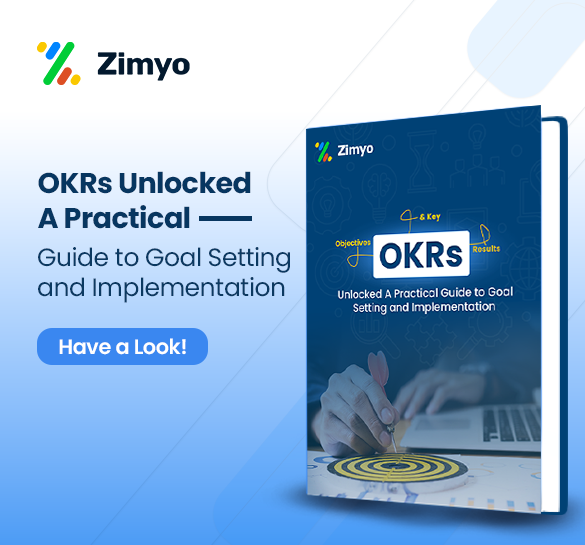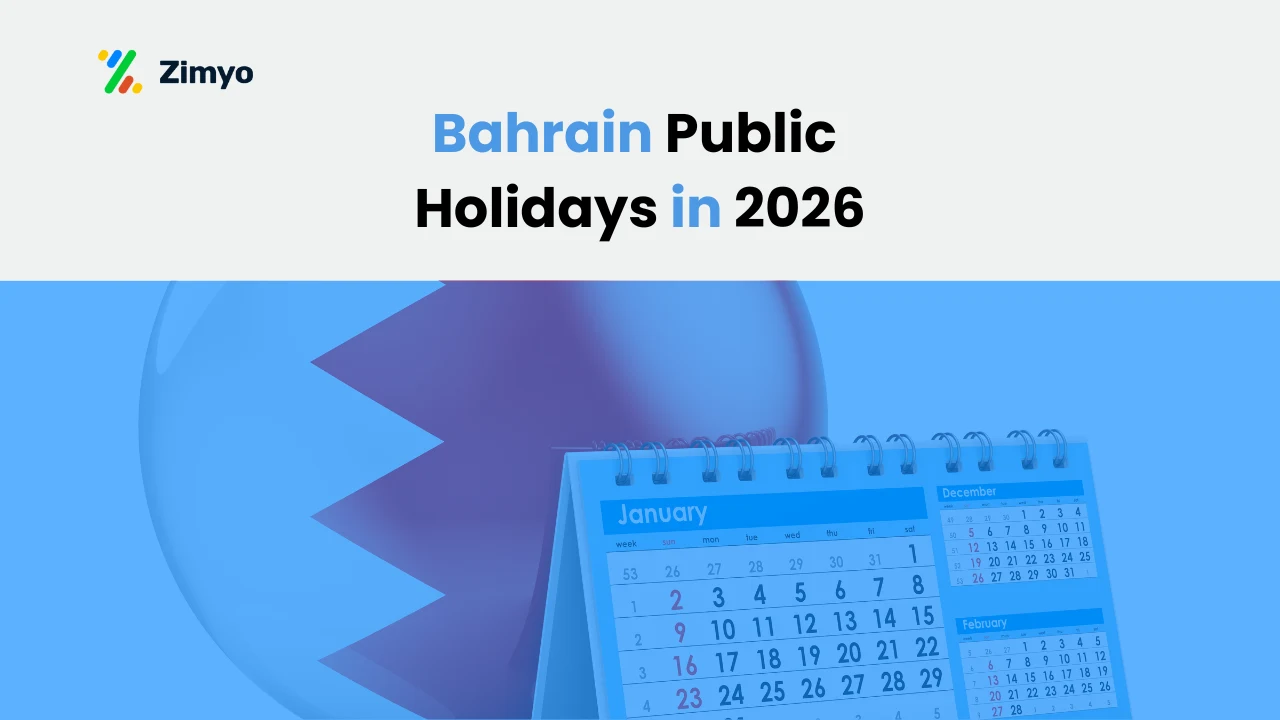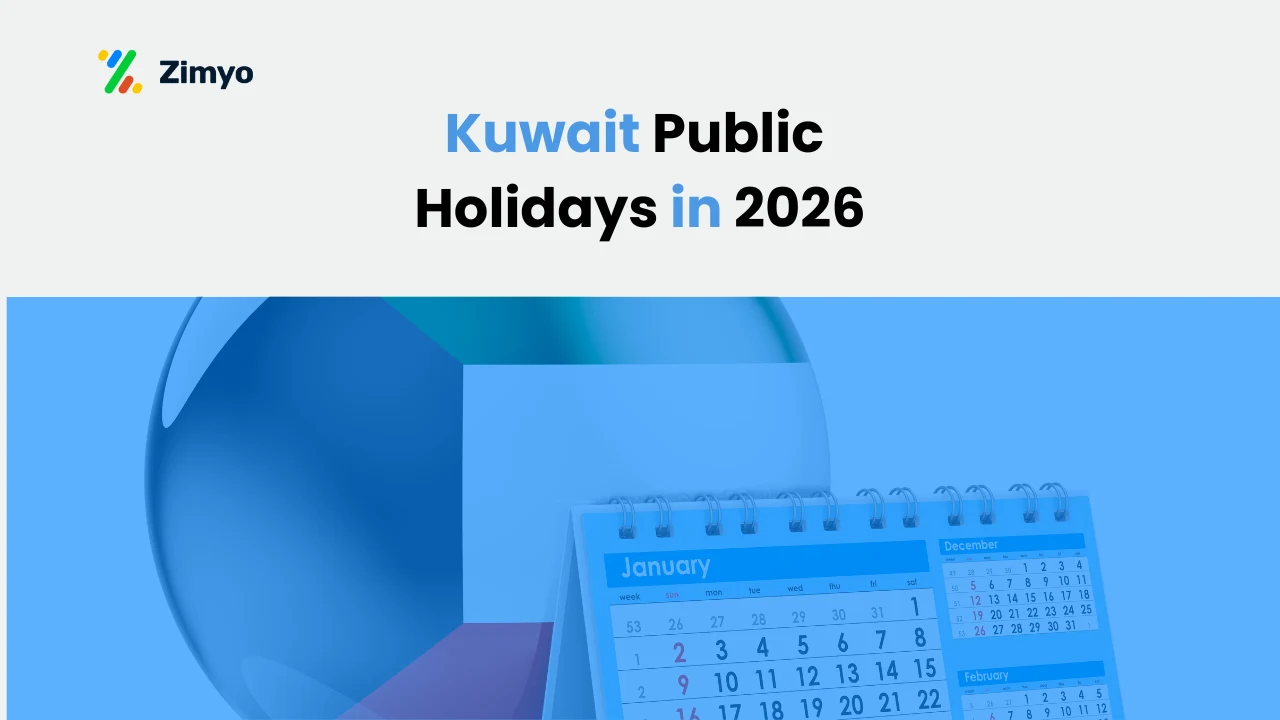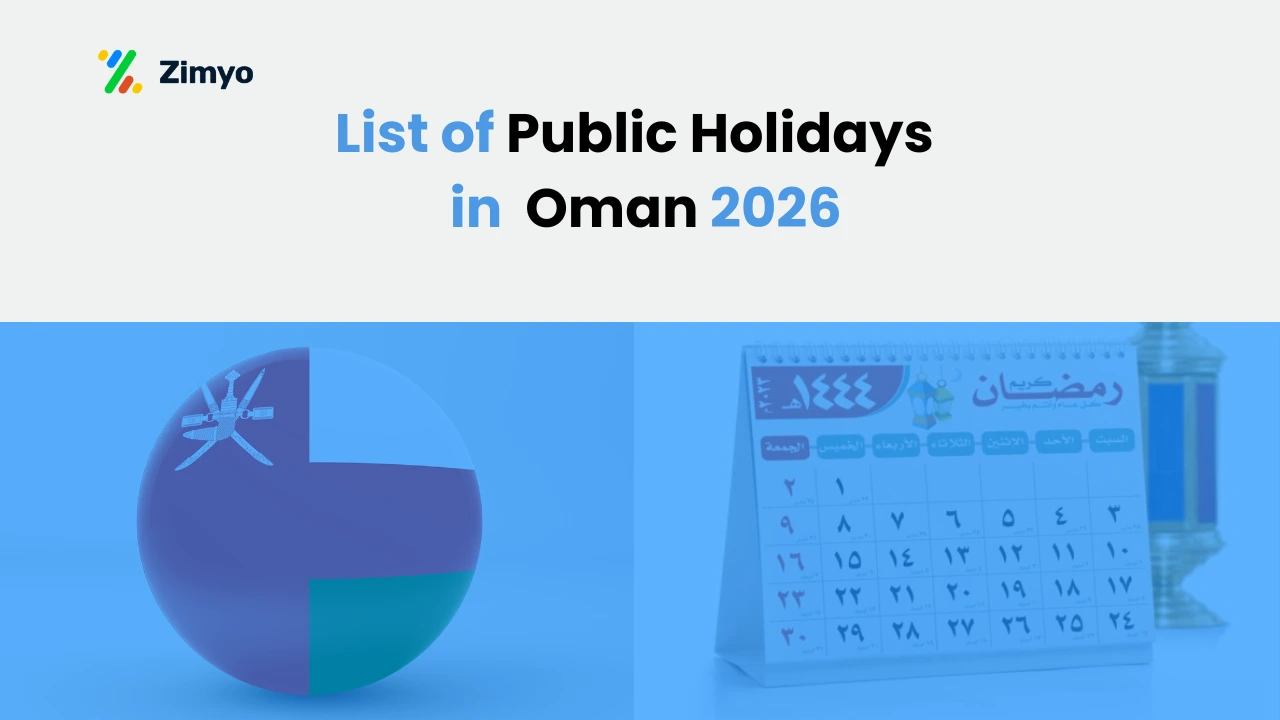Do you still struggle with paper forms, email approvals, and endless HR requests? Today’s workplace requires more—and Employee Self Service (ESS) portals provide exactly that.
In a rapidly changing and digitally-oriented business world, old HR procedures can be the limiting factor, impacting productivity and employee engagement. Employee Self Service portals aim to solve such problems by offering an extensive, easy-to-use platform that equips employees and automates HR functions.
By allowing employees to self-manage daily tasks like changing personal details, requesting leave, viewing payslips, and monitoring attendance. With Employee self service lighten the load of HR departments with direct access to documents through portal.
In addition, ESS portals promote accountability and transparency since workers have immediate access to their own information and HR policies. This results in overall transparency that pushes employee engagement and satisfaction.
Implementing an Employee ESS login in your HR plan can revolutionize the HR processes of your organization, making them more efficient, transparent, and employee focused.
What is an ESS Portal?
An Employee Self Service (ESS) portal is an online platform that empowers employees to manage Daily HR tasks themselves without any help from HR. From changing personal details to viewing payslips and leave management. It’s a virtual HR assistant available 24/7 arranged only for employees.
Why it Matters?
- Efficiency boost: Employee Self Service portals automate HR functions, minimizing manual dependence, reducing errors, and separating HR for high-impact activities.
- Employee empowerment: Employees gain control over their data and decisions, improving transparency and exploring trust.
- Cost & time savings: Automation and digital employee self service can slash HR administration time.
- Scalability & future-readiness: ESS constant with the organization—adding modules like performance tracking, training, and analytics seamlessly.
Employee Self Service: Benefits that Empower
Zimyo’s ESS portal brings all these benefits to life with depth and usability:
- Time & Attendance Management- Employees can clock in/out on mobile/web with geo-tagging and remote punch-in to track correctly. The calendar dashboard plots shifts, logs, leaves, holidays, and pending actions.
- Payroll & Expense Handling- See payslips, compensation breakdowns (CTC), PF statements, and reimbursements from one single dashboard. Submit tax declarations and proofs electronically. Monitor billable hours using integrated timesheets.
- Document & Policy Repository –Upload private documents and review company policies securely—downloadable and digitally signed. Raise requisitions, create helpdesk tickets, and monitor their status—bypassing HR intermediaries.
- Engagement & Communication Tools
- Feed: A social place for shout-outs, polls, event posts, and media attachments.
- Tribe & Group Chats: One-to-one and team discussions within the portal.
- Surveys & Announcements: Gather feedback and disseminate updates for events or training.
- Centralized Dashboard—Your HR Control Center – Real-time view of attendance, schedules, pending requests, team availability, anniversaries, and holidays. Visibility into team status and internal job openings for employee referrals.
- Strategic Payroll & Compliance Support- Employee self service integration with payroll provides accurate deductions and minimizes errors. Robust automated workflows reduce HR disruption and enhance compliance.
10 Proven Strategies to Maximize Employee portals Adoption
However, most businesses fail to achieve adoption due to resistance in onboarding, limited sponsorship, or poor alignment with user requirements. This guide provides 10 evidence-based, effective strategies that offer technical implementation—enabling individuals and teams to adopt, advocate, and make employee portals a part of their day-to-day operations.
Streamline the Login Experience
Provide Complete, Continuous Training
Create an Intuitive, Mobile-First UI
Prioritize Mobile Accessibility & Seamless Integration
Integrate ESS Deeply with Other Systems
Provide Ongoing Support and Resources
Keep the ESS Fresh with Updates
Drive Adoption Through Internal Marketing
Utilize Analytics to Track and Optimize
Seek and Respond to Employee Feedback
1. Streamline the Login Experience
Make Single Sign-On (SSO) to eliminate the inconvenience of remembering several credentials, increasing convenience and security. Add multi factor authentication to improve easy access. Give importance to safety and simplicity messaging attracts security-aware employees. Access simplification sets the stage for increased ESS utilization.
2. Give Complete, Continuous Training
Provide multiple learning types—live sessions, video tutorials, quick-start guides, and FAQs—to accommodate various learning styles management. Educate admins or champions within each team to support their peers and minimize resistance. Offer webinars and follow up sessions to check the progress.
3. Create an Intuitive, Mobile-First UI
Firstly Design a sleek, uncluttered mobile-optimized interface that aligns with different work styles. Make important features such as leave requests, documents, asset request and payslips easily accessible. Employ consistent navigation and visual signs to minimize frustration. A mobile design that is user-centric makes Employee Self Service as intuitive as a smartphone app.
4. Prioritize Mobile Accessibility & Seamless Integration
Connect Employee ESS login with payroll, attendance, benefits, and internal chat for an integrated ecosystem. Don’t make users switch between apps or platforms. An integrated, mobile-capable ess self enables employees to employee portals with ease.
5. Integrate Employee Self Service Deeply with Other Systems
Connect ESS to existing HR systems—so payroll, attendance, and benefits updates are synced automatically. Automate workflows and remove manual data entry mistakes. Offer fallbacks for integration faults to reduce disruption. Get streamline HR interface with ESS.
6. Provide Ongoing Support and Resources
Provide easy-to-access support through chatbots, help desks, FAQs, and peer champions to assist users as required. Periodically refresh resources based on frequently asked questions to maintain relevance. Acknowledge regular users and share success stories for cultural adoption with HR software in UAE. Continuous support enables users to get proficient in Employee ESS login confidently.
7. Keep the ESS Fresh with Updates
Launch with a solid base—but don’t rest on it. Drive iterative UX enhancements and feature evolution using employee input. Promote enhancements to demonstrate responsiveness and consideration of user voice. An active, dynamic Employee Self Service stays relevant and of interest to users throughout time.
8. Drive Employee Self Service Through Internal Marketing
Leverage emails, banners, posters, and team meetings to emphasize ESS’s benefits—such as saving time or streamlining tasks. Customize messages for different groups (e.g., frontline vs. office workers). Use recognition or success stories to generate awareness. Developing an internal brand for Employee ESS login increases familiarity and credibility.
9. Utilize Analytics to Track and Optimize
Monitor the metrics to see the improvement of the platform. Utilize dashboards to pin down friction points and order improvements. Keep an eye on support inquiries to determine which features to fix. Data insights guarantee Employee Self Service adapts to workers’ needs.
10. Seek and Respond to Employee Feedback
Gather input via surveys, suggestion boxes, and in-app prompts to understand pain points and feature gaps. Act on commonly raised issues and visibly communicate updates made based on feedback. Reward participation and show gratitude to contributors. Listening and responding builds ownership and sustained adoption with Employee ESS login.
The UAE leads the Arab world in AI and digital skills, with 344% growth in Generative AI course enrollments in 2025 and 13% of workers in AI-related roles. ESS portals act as enablers by hosting AI-driven career guidance, skill-building resources, and development roadmaps.
Benefits Across the Board with employee portals
There are the listed benefits under the ESS portal-
For Employees:
- Round-the-clock access to payroll, leave, documents, and HR services.
- Self-sufficiency, cutting wait times and back-and-forth with HR.
- Transparency, enabling them to verify and update their own information.
- Increased participation, with the help of internal social functionality.
Employee Self Service Portal
Exploring out the the automated process for Employee access with Zimyo Employee self service in UAE capturing the multiple features.
For HR & Management:
- Saves administrative time, releasing time for talent and culture initiatives.
- Increased accuracy, with employees entering their own information directly.
- Quicker approvals and less missed communication.
- Compliance assistance, audit trails, and better records.
- Scaleable infrastructure for expanding organizations.
Zimyo ESS simplifies payroll and HR management
Real-World Impact: Employee ESS login by the Numbers
- 40% decrease in HR administrative workload due to self-service adoption.
- Substantial cost savings through digital processing with ess self and minimized paper use.
- Improved productivity and engagement through autonomy and access.
- Accelerated decision-making, through real-time insights and streamlined processes.
Spotlights from Employee Self Service in Action
1600+ mentions on Zimyo’s YouTube demo explaining how simple it is for employees to request leave, WFH, reimbursements—and how managers can approve everything in-app.
Social buzz mirrors Zimyo’s ability to automate:
“Zimyo can manage all your HR requirements from one platform… recruitment, payroll, expense, performance management”
“Automation … eliminates the chance of manual errors and saves a lot of time.”
In April 2025, the UAE Cabinet approved the world’s first AI-driven regulatory intelligence ecosystem. When linked with ESS portals, this ensures that employees always have access to the latest compliant policies, employment rights, and HR regulations in real-time.
Must Have Employee Self-Service (ESS) Features in HR Software
When choosing an Employee Self Service portal, it’s important to ensure it has the right features that empower employees while reducing HR’s workload. A strong ESS portal doesn’t just give access—it creates transparency, builds trust, and improves efficiency. Below are the must-have features every modern employee service portal should provide:
Feature Category | Description | How It Helps in ESS Portal / HR Portal |
Time & Attendance | Clock-in/out, leave balances, attendance calendar, remote punch (geo-tagged), shift details. | Employees use staff self service to manage their shifts and attendance without HR intervention. |
Leave & Request Management | Request leave, WFH, compensation off, expense claims; view and track approvals. | Enables seamless approval workflows helpdesk within the employee self service portal. |
Payroll Access | View/download ESS payslip, CTC structure, expense reimbursements, tax declarations. | Employees gain direct visibility into ESS payroll through the self service portal. |
Document Access | Upload/view personal documents (ID proofs), company policies. | Eliminates paperwork; employees securely upload/download docs in the employee service portal. |
Task Dashboard | Central dashboard for pending approvals, announcements, and team schedules. | A real-time employee portal view for tasks and updates. |
Helpdesk/Tickets | Create and track support tickets for HR queries or IT help. | Self-resolve HR/IT issues with ESS employee self service helpdesk. |
Communication & Engagement | Announcements, chats, polls, surveys, feedback, recognition features. | Strengthens workplace collaboration inside the ESS portal. |
Benefits & Perks | Apply for salary advances, insurance, loans, etc. | Employees use the self service portal for perks instead of manual HR requests. |
Internal Job Opportunities | View open roles, refer candidates, share links internally. | Drives career growth and referrals via the employee ESS login dashboard. |
Team Insights | Real-time status of team: on leave, WFH, on duty, short leave, etc. | Enhances visibility and planning within HR portals. |
Quick Links/Shortcuts | Access frequently used tools or resources quickly from the dashboard. | Saves time by centralizing access inside the employee portals. |
Access payslips anytime, anywhere
Overcoming Challenges—Best Practices for employee portals Success
Here it is how ESS overcome Challenges
Strategy | Why It Matters in ESS Portal |
User-Friendly Interface | Simplifies adoption—avoid clunky employee self service portal designs. |
Brand Personalization | Boosts familiarity, increases usage of HR portals across the organization. |
Continuous Communication | Keeps employees updated on benefits, payroll, and new features in the ESS portal. |
Track & Iterate | Analytics reveal login rates, payslip views, and staff self service adoption for improvements. |
Ensure Security & Compliance | Builds trust with access controls, protecting sensitive ESS payroll and personal data. |
Champion Change Management | Meets resistance with training, ESS success stories, and easy employee ESS login processes. |
65% of businesses in Saudi Arabia and the UAE have implemented AI-enabled learning platforms. Integrated into ESS portals, these platforms provide employees with personalized training modules, progress tracking, and certification pathways, fostering continuous upskilling.
What Zimyo Offers Beyond ESS Features
While the Employee Self-Service (ESS) portal empowers staff with payroll access, payslips, attendance, and leave management, Zimyo takes HR automation to a much higher level. Its platform goes beyond the basics of staff self service and introduces advanced modules that transform traditional HR portals into powerful business engines.
Category | Zimyo’s Advanced Capabilities | Impact Beyond Employee Self Service |
Core HR & Admin Modules | Organizational hierarchy, customizable profiles, role-based permissions, document & policy management, workflow automation. | Makes HR portals smarter with automated onboarding, offboarding, and approvals. |
Time & Attendance | Selfie attendance, biometric, facial recognition, GPS/geofencing, offline punch-ins, roster management, shift scheduling. | Adds precision tracking features beyond standard ESS portal attendance. |
Payroll, Finance & Compliance | Payroll automation (multi-currency, global), arrears, settlements, statutory compliance, expense & finance modules. | Streamlines ESS payroll while ensuring compliance across geographies. |
Performance & Talent | KRAs/KPIs, OKRs, 9-box matrix, compensation planning, ATS, job-board integration, learning management (e-learning). | Goes beyond employee portals to manage full talent lifecycle. |
Engagement & Communication | Tribe chat, Z-Feed, surveys, recognition modules, benefits (insurance, loans, salary advances). | Builds culture via staff self service and recognition tools within the employee service portal. |
Analytics & Reporting | Dashboards, HR metrics, MIS reporting, custom analytics for decision-making. | Turns the ESS employee self service portal into a data-driven HR hub. |
Mobile-First & Integration | Fully mobile-responsive apps, API integrations with ERP/CRM/accounting, SSO. | Gives employees access to ESS payslip and requests anytime, anywhere. |
Conclusion
An Employee self service portal is not just a technology upgrade—it’s a mindset transformation. Zimyo’s ESS makes it intuitive, whole, and scalable. Employees are empowered, HR becomes strategic, and efficiency is taken to the next level across the organization.
While the Employee Self‑Service (ESS) layer gives employees independence over daily HR activities (attendance, leave, payslips, documents, requests, helpdesk, engagement), Zimyo complements the HR ecosystem with End-to-end HR functionality from recruiting to separation, payroll to performance , comprehensive and robust financial & compliance tools.
Upgrade your HR model to strategic from reactive—Book a demo today and experience Zimyo live. You’ll see how this innovative platform empowers employees, simplifies processes, and provides actionable insights while giving you control.
Access best employee self-service (ESS) portal with Zimyo
Frequently Asked Questions (FAQs)
Employee Self-Service (ESS) is an online portal through which employees can conduct HR activities such as leave, payroll, and training on their own, without any intervention from HR.
In Zimyo, self-service helps employees view payslips, record attendance, request leaves, and change personal information directly from the portal.
Forced benefits in UAE comprise annual leave, gratuity pay, health insurance, end-of-service benefits, and maternity/paternity leave according to MOHRE regulations.
ESS stands for Employee Self-Service.
ESS portals make HR processes easier by allowing employees to manage their own requests, view policies, upskill, and remain compliant with regulations.
The best ESS portals in the UAE are those incorporated with MOHRE’s 18 new digital services and AI-powered HR systems that support compliance and productivity.


